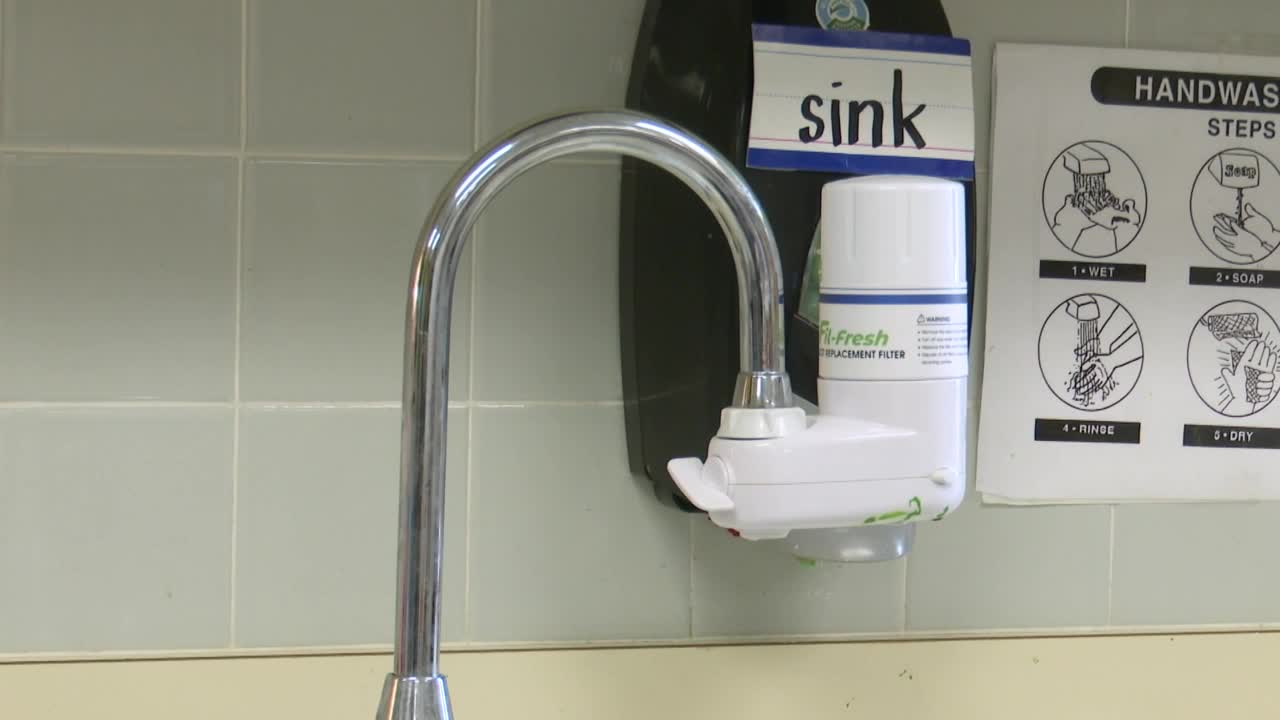HELENA - There has been a lot of discussion about the impacts of lead in drinking water over the last few years — especially in places like Flint, Michigan.
In response, the federal government has revised its regulations on lead – and one of the new requirements means more than 1,000 water providers in Montana will have to catalog any lead pipes in their system.
The U.S. Environmental Protection Agency (EPA) finalized its new “Lead and Copper Rule” late last year.
- RELATED: Report shows elevated levels of lead found in water of half of schools tested in Montana
- RELATED: Kalispell Public Schools have tested positive for lead in the water
- RELATED: MCPS water tests come back, forcing schools to close water stations
It includes a provision, giving water systems until 2024 to complete an inventory of lead service lines – identifying where any are or confirming they don’t have any.
The rule applies to community water systems — including cities, towns, subdivisions, and mobile home parks — that serve at least 15 households or 25 people.
It also includes “non-transient” systems, like schools, nursing homes, and other institutions that serve the same people over an extended period.
The Montana Department of Environmental Quality (DEQ) says the number of public water systems varies, but in a 2020 report, they identified 762 community systems and 296 non-transient systems.
Helena Public Works Director Ryan Leland says their water testing hasn’t shown any problems with lead contamination.
He noted the city didn’t have many lead water mains, and they’ve already replaced most of them.
“We have them identified, we’re on GIS, we have the plans,” he said. “They tend to be the mains that are undersized that we wanted to replace anyway. They corrode faster in our soils – that’s one main reason that they really didn’t use the lead.”
The bigger task will be identifying lead in service lines — the pipes that run from the mains to individual houses.
Leland says the city plans to send out materials this summer or fall that will help residents look at their homes’ service lines and identify whether they’re likely to contain lead.
“We’re going to have to rely on homeowners to be able to look at what their service lines are,” he said.
For the moment, the rule doesn’t require lead service lines to be immediately removed.
However, Leland said most of those lines are likely significantly corroded, so city leaders will recommend homeowners replace them if possible, to avoid the risk of leaks.
Leland said, when the city has identified lead service lines during large street projects, they have replaced them from the street to the property line.
He said that from the property line to the home, those lines are the responsibility of the landowner.
The city does offer zero-interest loans for eligible property owners wanting to replace service lines.
Lead was common in water pipes until Congress banned it in 1986.
The EPA still estimates that 6.3 million to 9.3 million homes nationwide have lead service lines.
Leaders have identified negative health effects from exposure to lead in drinking water — particularly for children.
Early lead exposure has been linked to learning disabilities, attention deficit hyperactivity disorder, developmental delays, and stunted growth.
The DEQ says they’re working on ways to assist water systems with this process, providing technical support and guidance.
The agency is also working on a platform that the systems can use to enter their inventory results, but it’s still a while away from officially launching.





